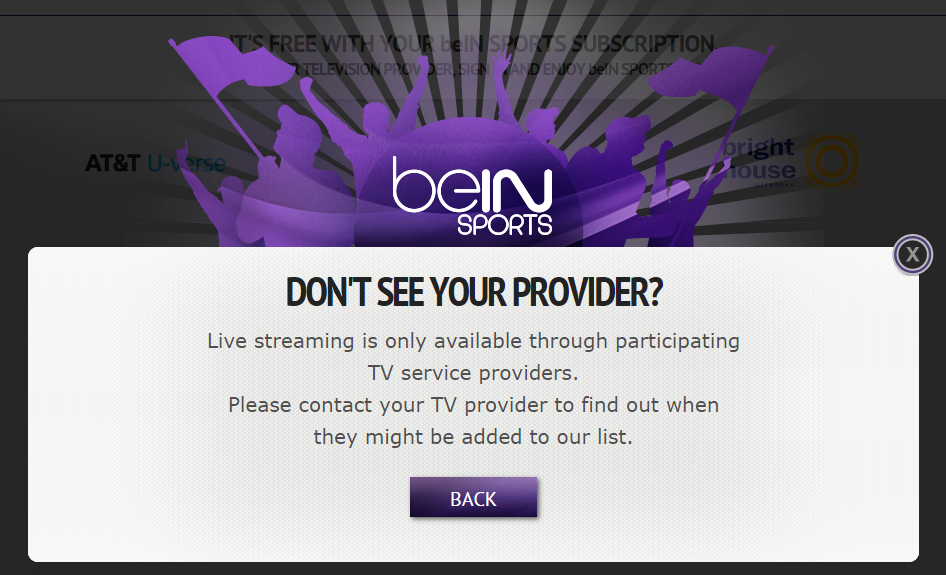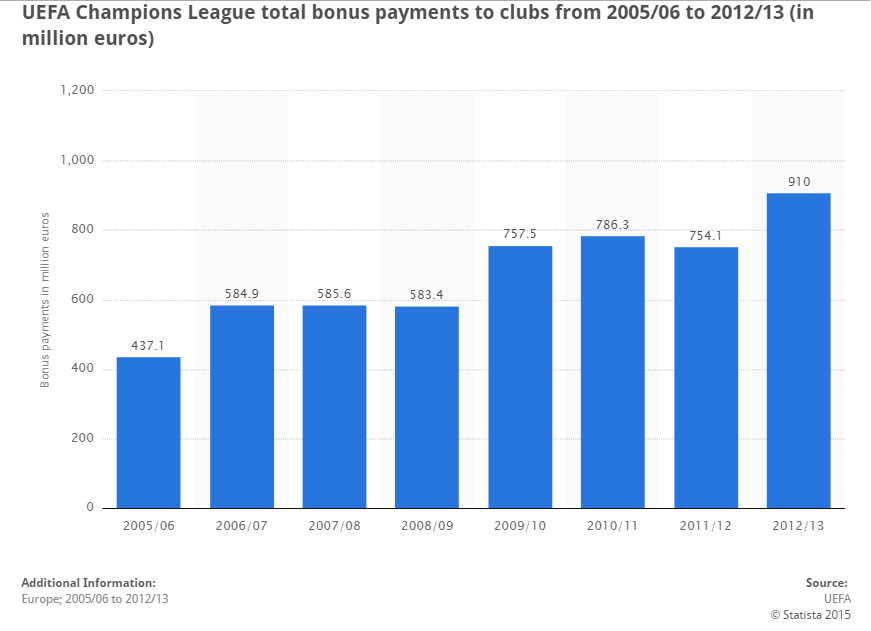beIN Sports to Offer Streaming of EPL Match to (Some) Cord Cutters
One week from today the final piece of the 2015-16 English Premier League will be decided. A single match between Middlesbrough and Norwich City will kick off at 10 am eastern time on May 25. The winner will advance to arguably the best soccer league in the world, the loser remains in England’s second tier league, the Football League Championship. Unfortunately, despite the high stakes, only a limited number of soccer fans — in particular those with cable subscriptions — outside of the United Kingdom will have access to the game.
Foreign broadcast rights for the Championship here in the United States and Canada fall to beIN Sports. Directly from the beIN website, they offer a free online system called beIN SPORTS CONNECT, allowing users to stream live events to their computers, iOS and Android systems. The downside is there is no standalone option for the service. You have to be in an area with beIN available to you, with a compatible cable provider and then purchase a qualifying cable package.
The good news is Sling TV offers a package for $10.00 per month that includes, among other sports options, beIN Sports. Perhaps this is one of the first times in broadcasting history where cord cutters without a traditional cable package sit in an advantageous position to those with a cable subscription. Despite some channel lineups coming with beIN, the vast majority of cable packages don’t offer beIN until their highest package, or as an add-on at additional cost. In my area in particular, beIN isn’t available for my current provider. A competing cable and internet provider does offer beIN, though it isn’t an included feature — it is available as an add-on for $10.00 with the second and third most expensive packages — until the highest cost package, coming in at a hefty $91.00 per month. That bill is before taxes and without accounting for internet or installation and activation.
At this point it’s hard to say which is more accurate: that the cord cutting generation is winning or that the old school cable TV model is losing.







